Don't wanna be here? Send us removal request.
Text
Secrets of Alexis, a junction of the scientific revolution and the printing press
A “Book of Secrets” sounds mysterious and whimsical from the title, but while this book doesn’t have magic spells or records of supernatural creatures, it does contain various remedies for problems that the everyday 16th century person may have been in need of, such as killing fleas, pain from childbirth, or whitening your teeth- perhaps some problems we seek help for even in our present day!
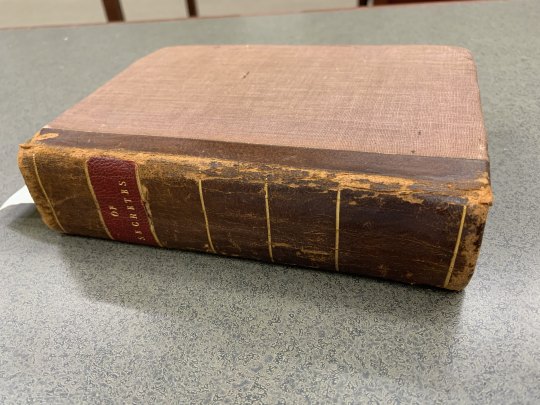
During the scientific revolution in Europe, believed to take place from the early 16th to late 17th century, there was a paradigm shift from the traditional ideals of science before this time. Rather than confirming old knowledge and rarely straying away from it, satisfied with never questioning it, people were more interested in empirical knowledge derived from experiments and figuring out about the natural world for themselves. The scientific revolution influenced people wanting to investigate the natural world around them, and the rise of the printing press and ease of mass producing texts allowed for more common people to spread their own knowledge- or their “secrets”.
With the aforementioned printing press causing information to spread faster and to more people, scientific knowledge was extending beyond the universities where they had been concentrated before (Eamon, A), reaching more courts and perhaps more common people. One way of this was through the “Books of Secrets”, which were written “from the ranks of a "middle-level" intelligentsia composed of professional writers, physicians, and nonacademics” (Eamon, A), writing for the increasing market of scientific literature in part fueled by the mass production enabled by the printing press. The popularity of these books may have been from their contents being useful for a wide group of people, as they usually featured remedies for common medical ailments of the time, as well as for other everyday features of life.
One of these “books of secrets'' was Alexis of Piedmont’s *Secrets of Alexis*. I had the opportunity to look at a copy of this book, which appears to be physically composed of multiple books of secrets Alexis had written. Each separate book has the printer/publisher, and there seemed to be five books compounded in total. This makes me wonder if it was intentionally printed this way to preserve the original format of each book.
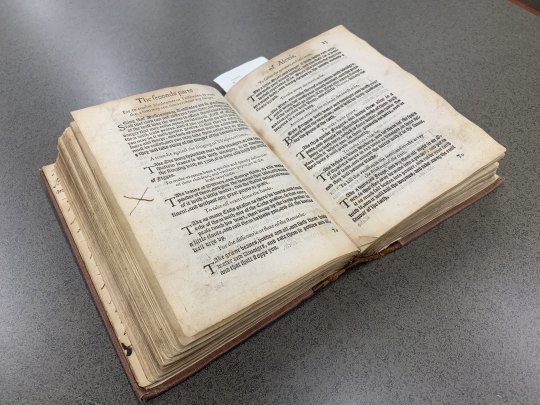
While I’m not sure if this version was the widespread version at the time, this particular book does have handwritten notes in it, indicating that one of its owners could have used it as a reference guide, or perhaps wrote their own observations or notes. I can’t really decipher a lot of the handwriting so I’m not sure if they made note of the remedies in the book itself.
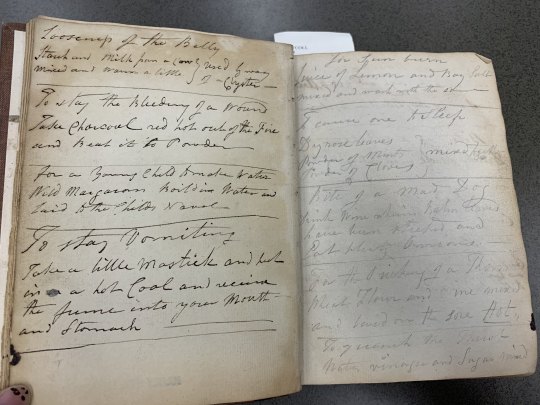
The very end of the book has the date of print, probably of the whole book in general, as well as the publisher/printer. The symbol on the page seems to represent the printer, indicating that printing had become a profitable profession due to the printing press as books could be printed so much more efficiently.
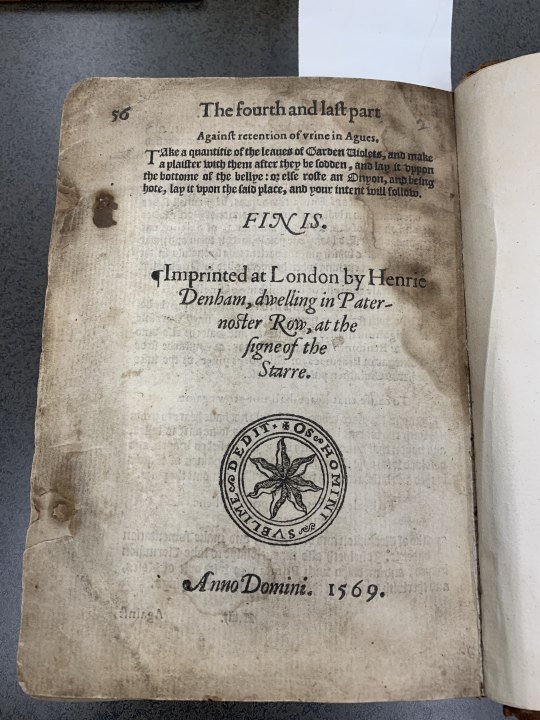
What I also noticed was that the book had actually been translated into English, indicating that people wanted to spread knowledge wider through translation. Below is a note to the reader from the translator of the fifth book. The translator seems to address Alexis sharing his “secrets” to the ears of common men, supporting the spread of knowledge through printed books.
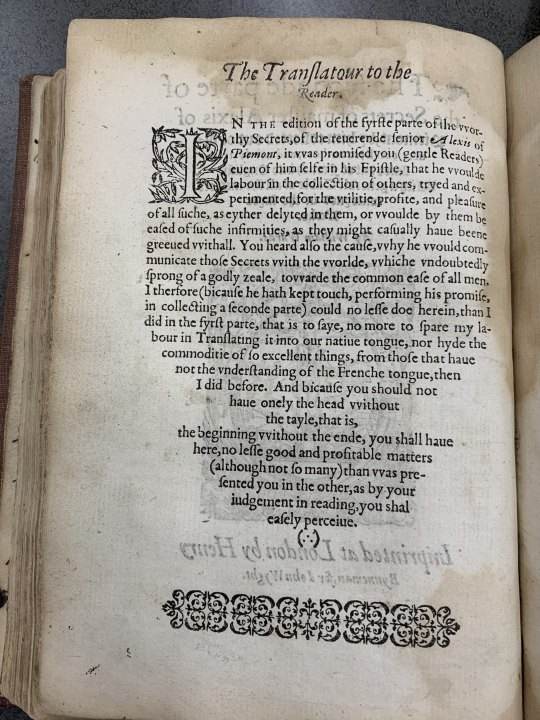
William Eamon wrote in one of his journals on books of secrets that they “were grounded on a down-to-earth, experimental outlook, and hence they held forth a real, accessible promise of power”. Alexis Piedmont is said to have tested his secrets in the Academia Segreta, a literal secret society, before writing them in his book of secrets (Eamon B), showing the movement of empirical discovery and knowledge from a more private and isolated institution to the wider setting of more common people. This book of secrets exhibits the new ideals of experimenting and empirical data in the scientific revolution and how the printing press allowed people who weren’t necessarily renowned scientists and philosophers, but more common writers, physicians, and alchemists with a penchant for scientific discoveries to spread their findings to the more common person who may not have been able to afford the hand-transcribed books of before. The books embodies the new scientific ideals at the time, the influence of the printing press, and gives us a look at what sort of medical ailments were common during this time period and what people may have done to help them.
Well, do these remedies work in our current time? Did they work during the 16th century? We would perhaps need to experiment to figure that out…
Sources:
A. Eamon, William. “Books of Secrets in Medieval and Early Modern Science.” Sudhoffs Archiv, vol. 69, no. 1, 1985, pp. 26–49. JSTOR, http://www.jstor.org/stable/20776953. Accessed 13 Nov. 2023.
B. EAMON, WILLIAM. “From the Secrets of Nature to Public Knowledge: The Origins of the Concept of Openness in Science.” Minerva, vol. 23, no. 3, 1985, pp. 321–47. JSTOR, http://www.jstor.org/stable/41827233. Accessed 2 Dec. 2023.
C. Eamon, William. “Science and Popular Culture in Sixteenth Century Italy: The ‘Professors of Secrets’ and Their Books.” The Sixteenth Century Journal, vol. 16, no. 4, 1985, pp. 471–85. JSTOR, https://doi.org/10.2307/2541221. Accessed 2 Dec. 2023.
0 notes